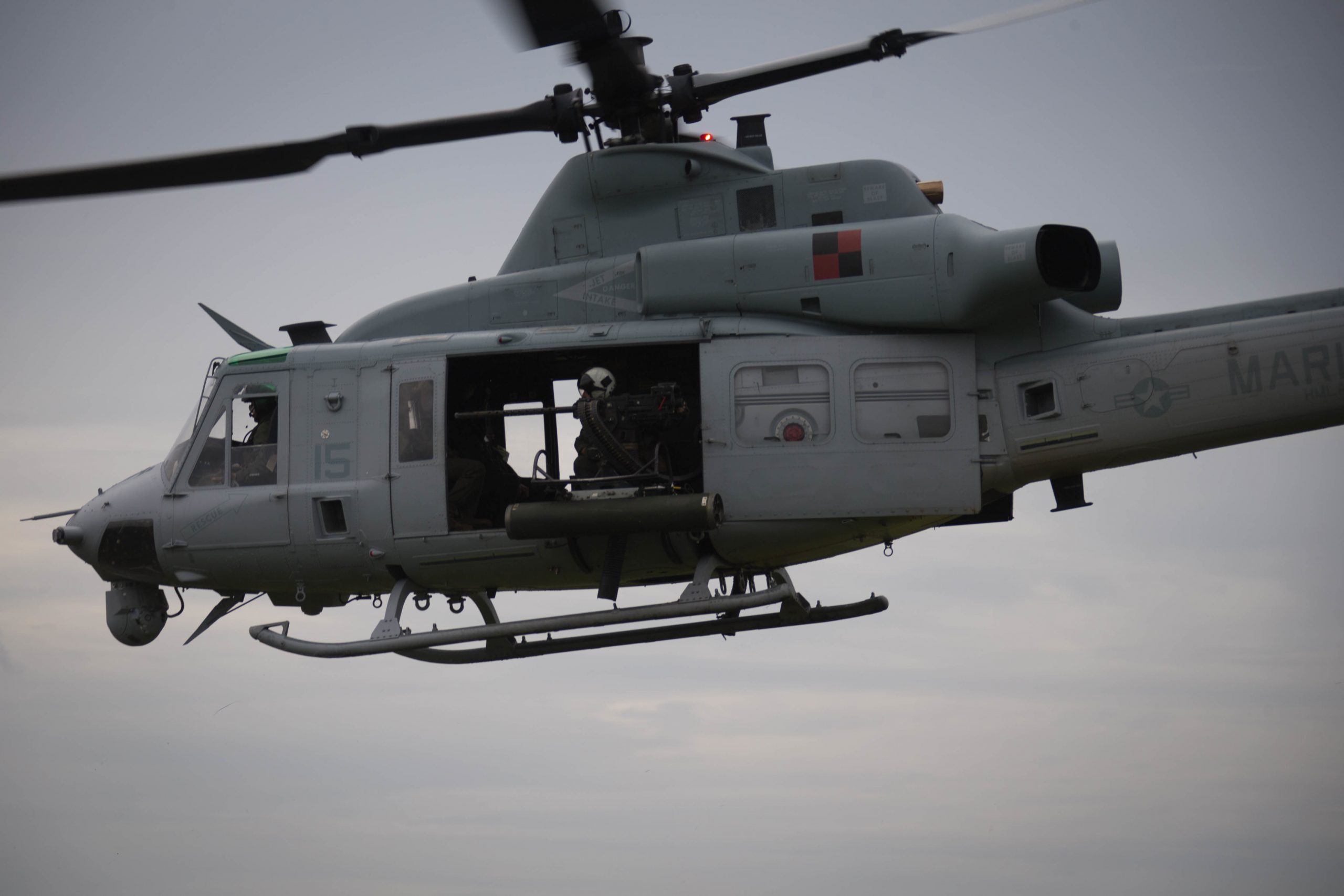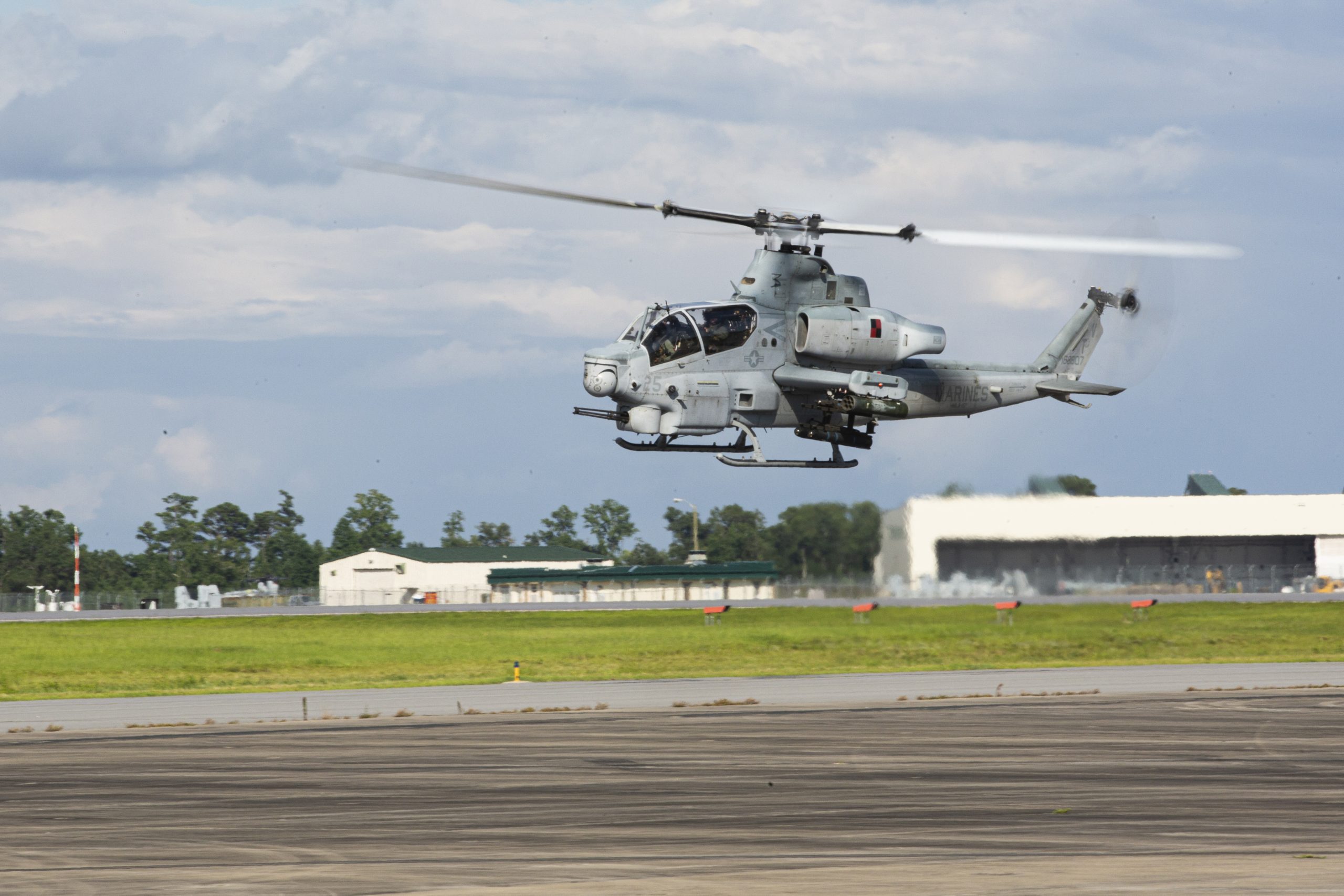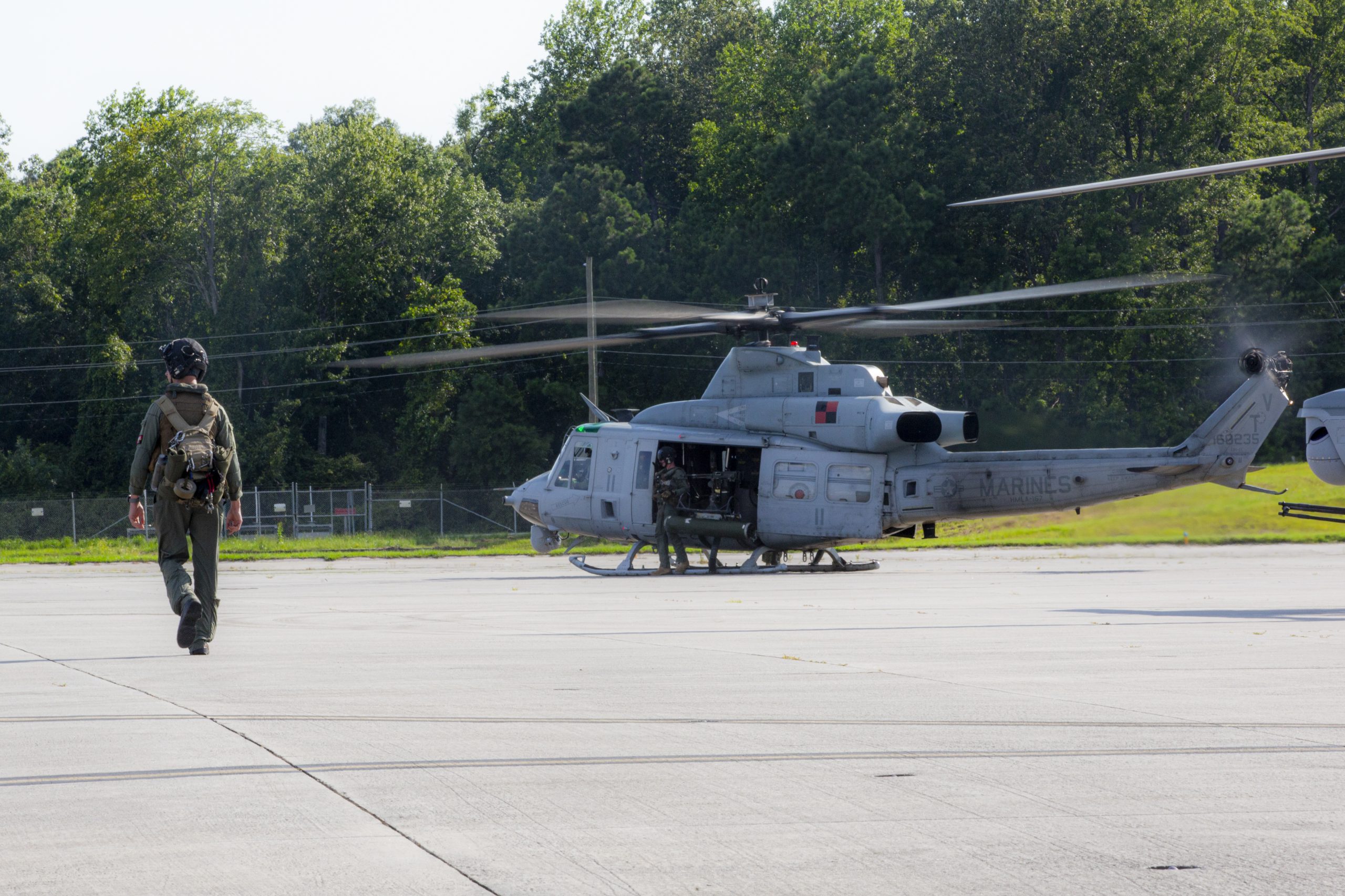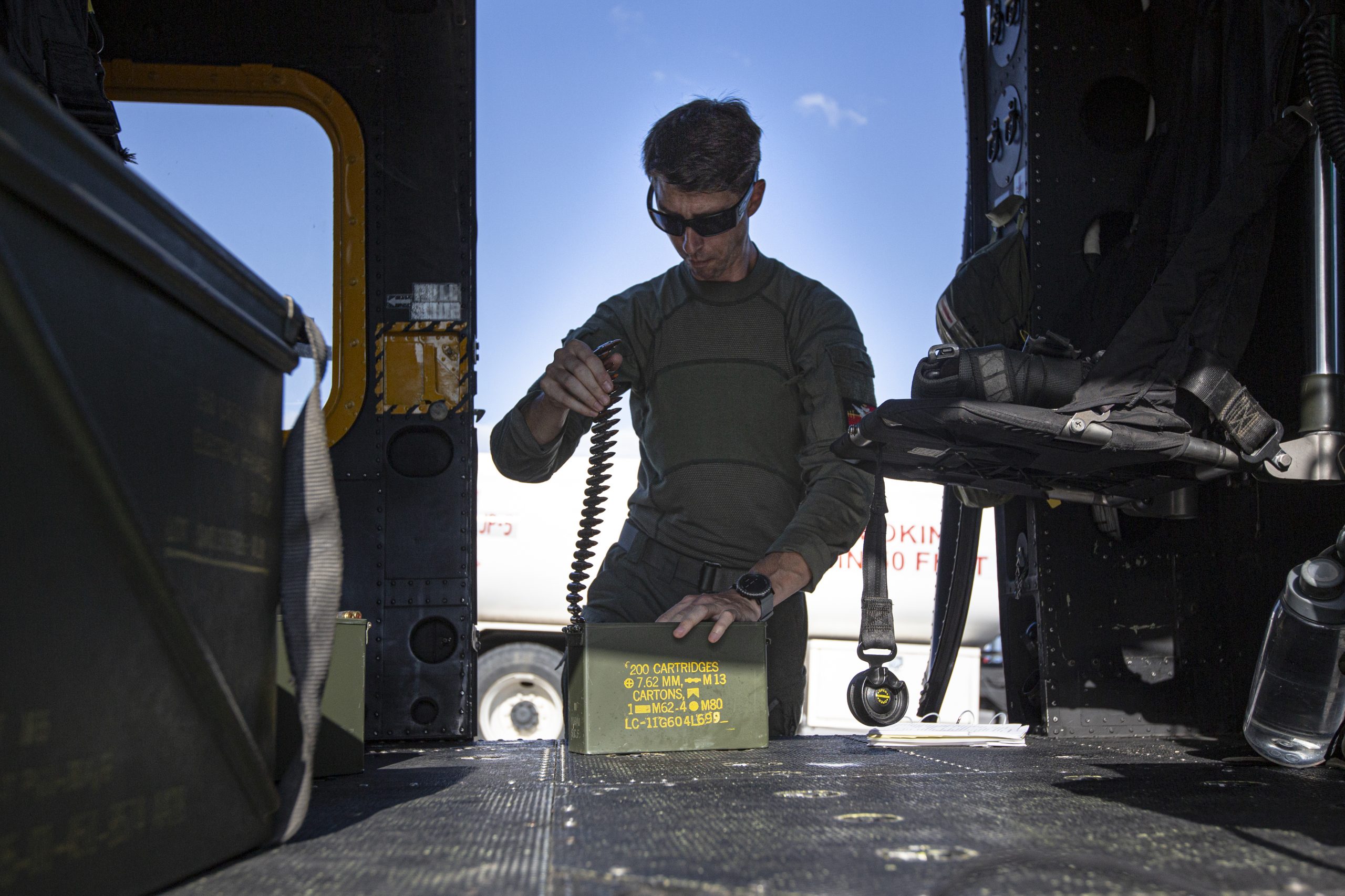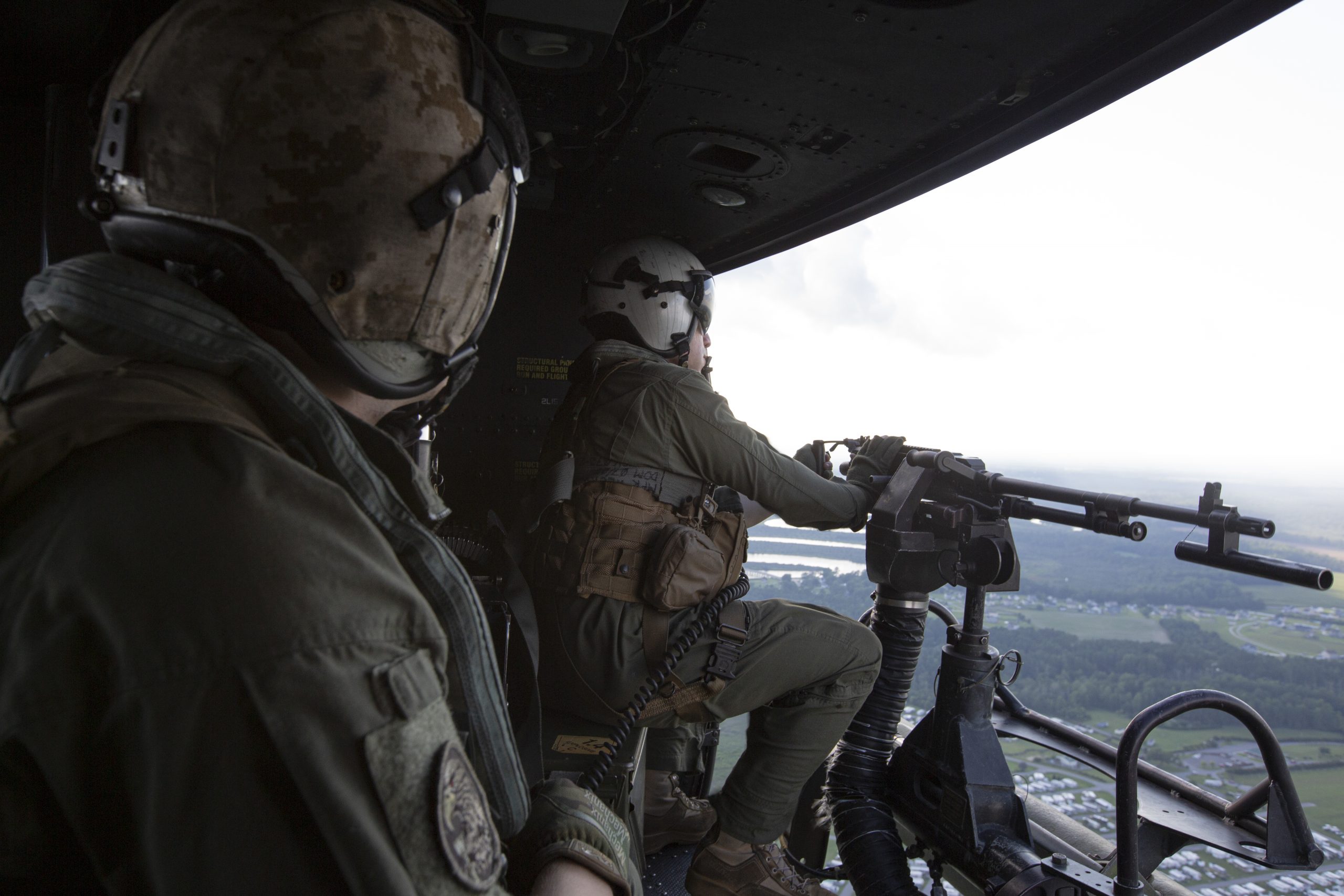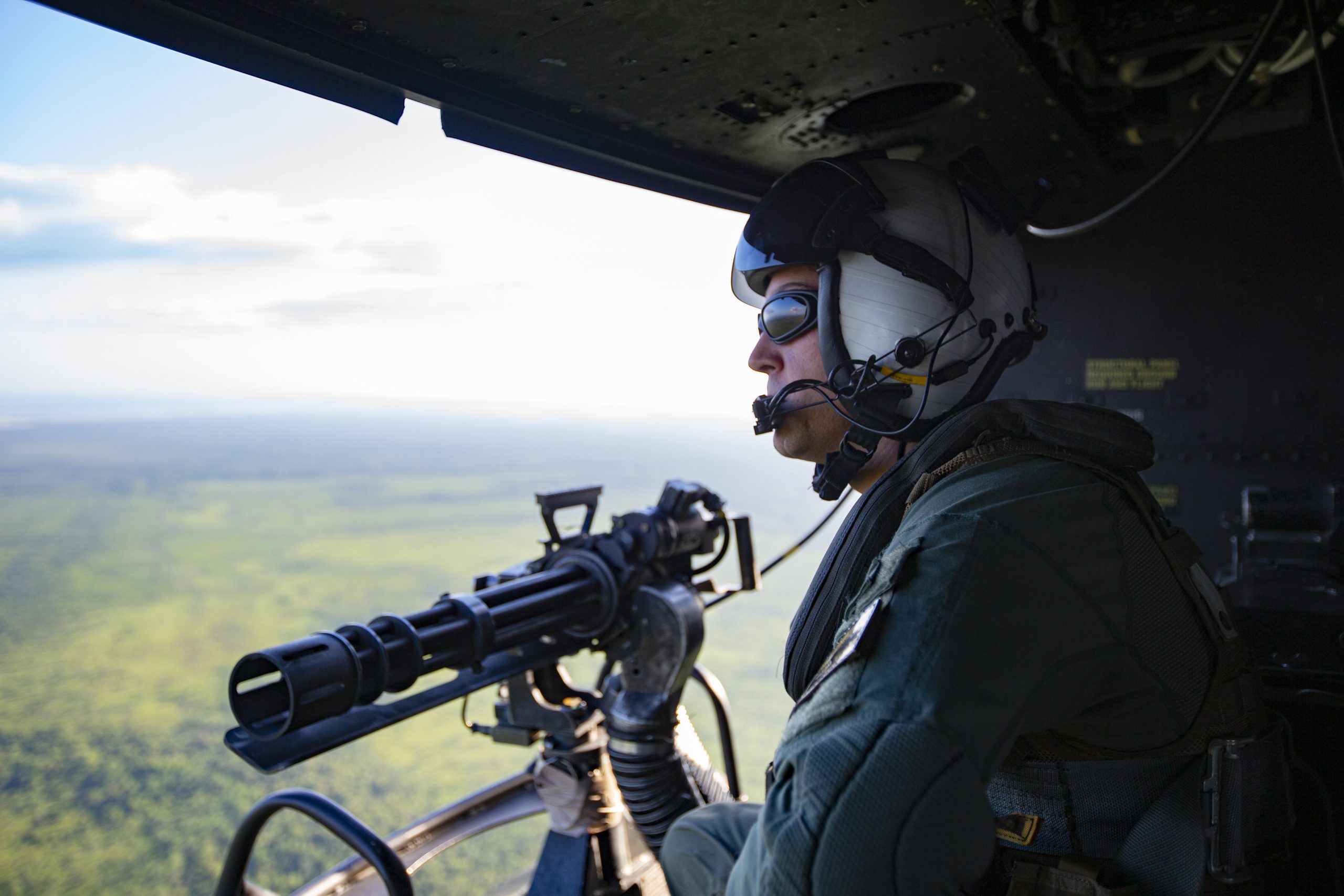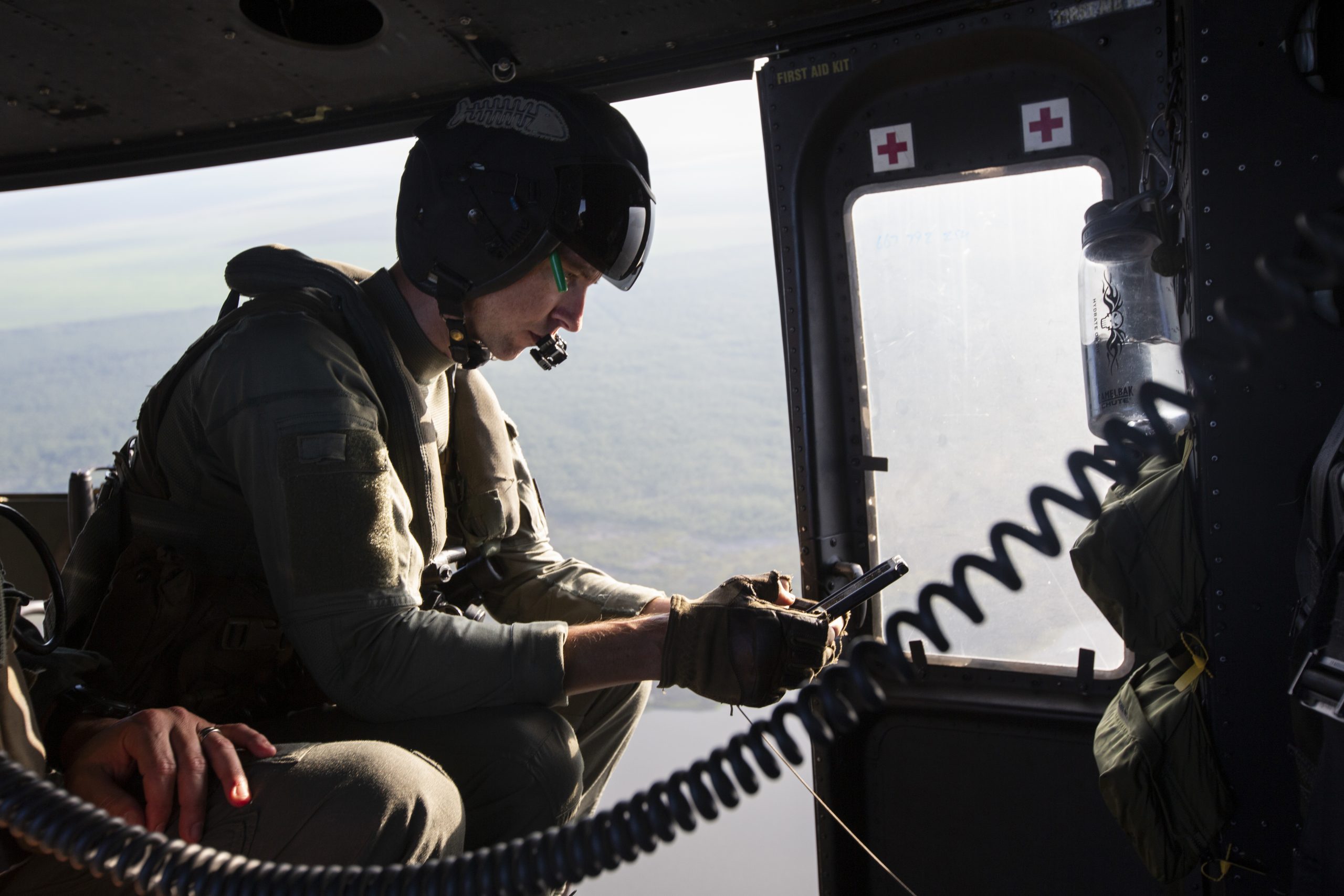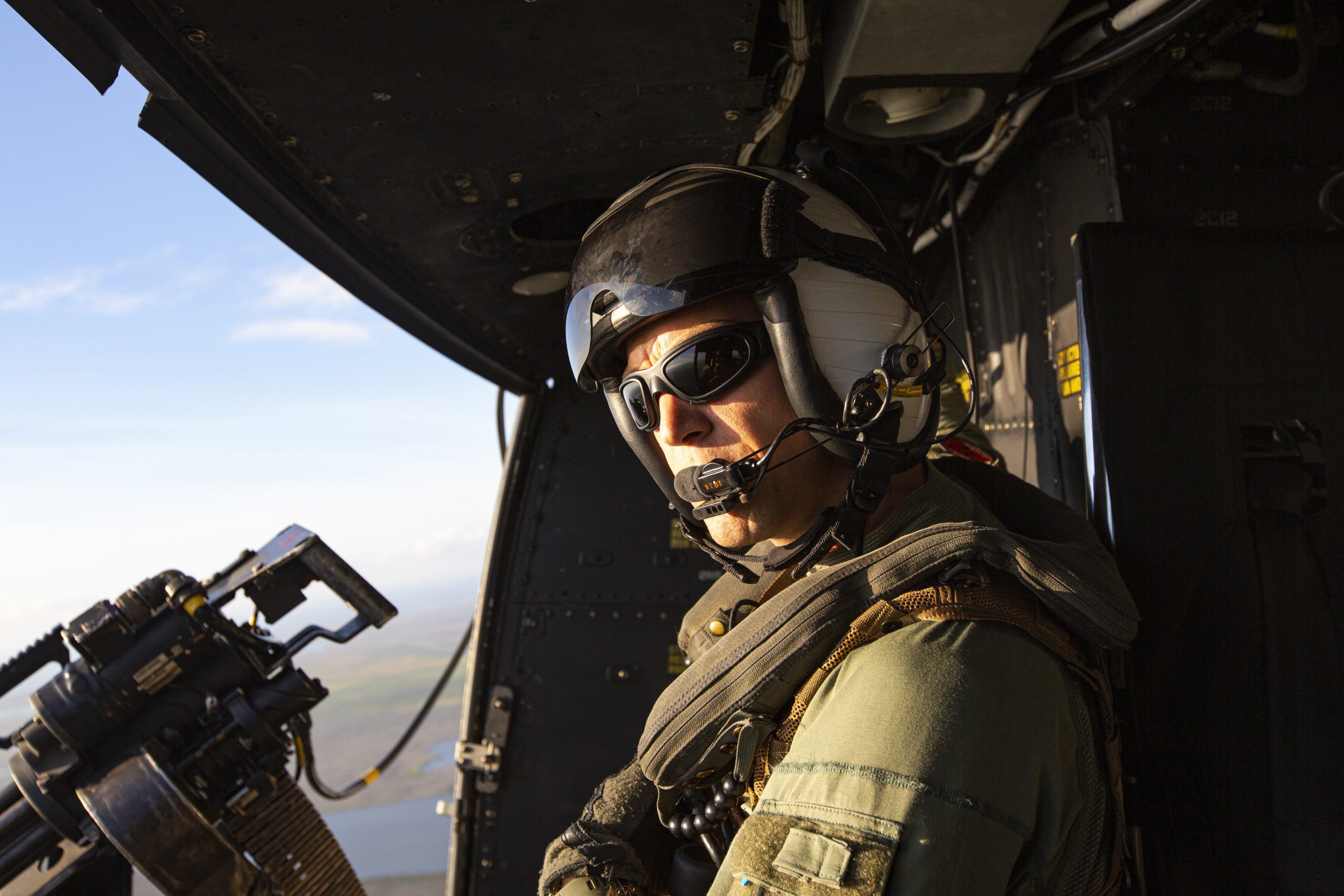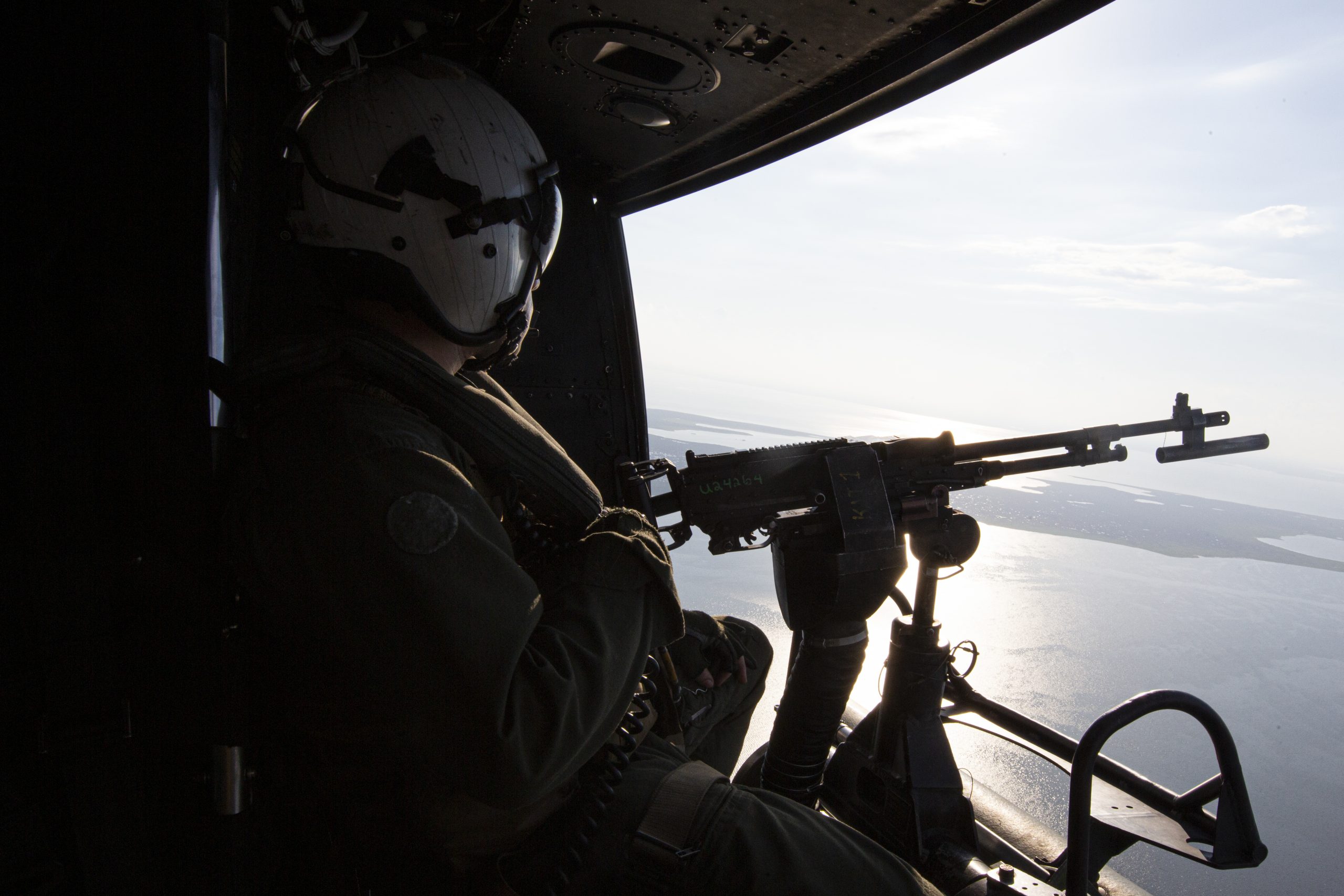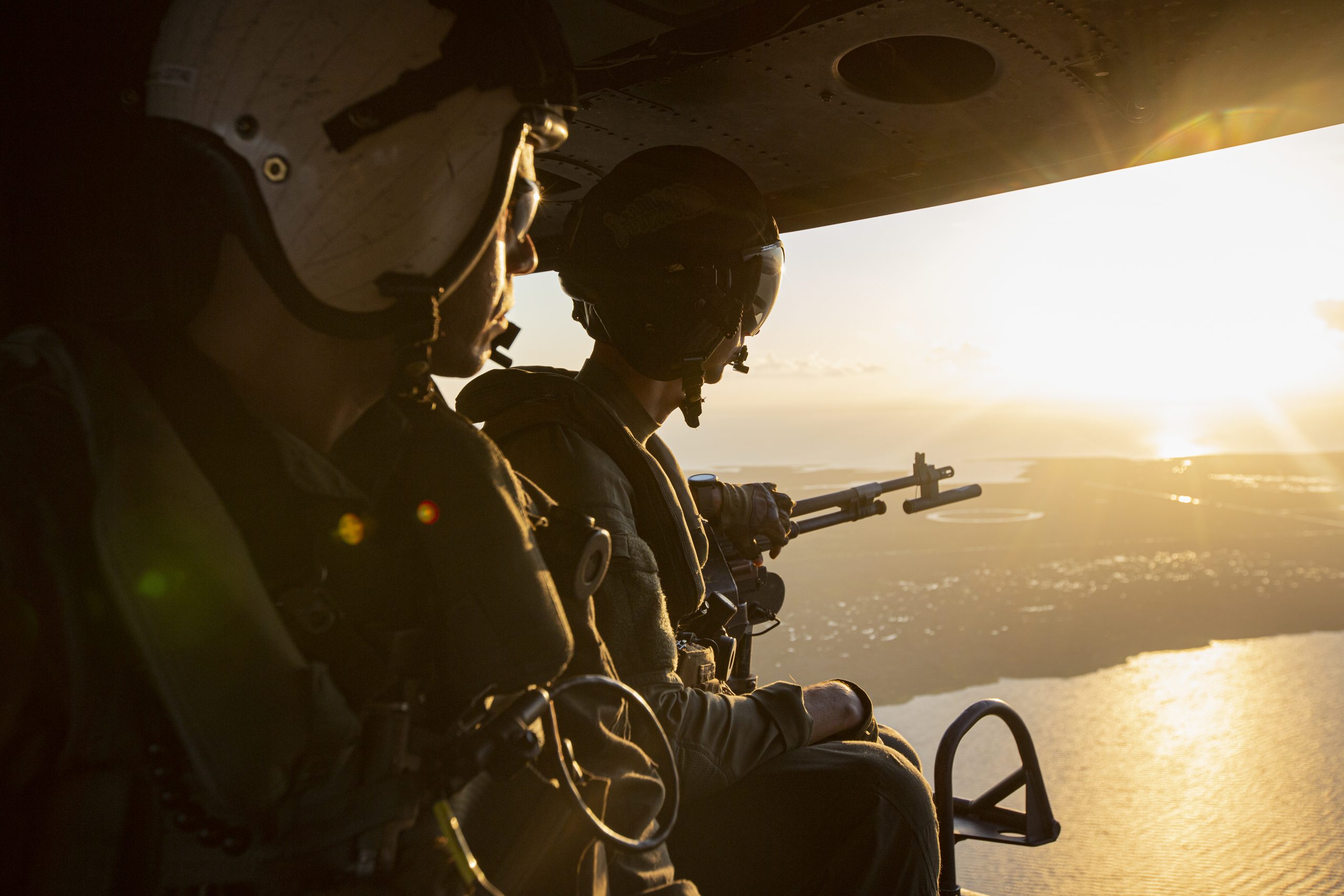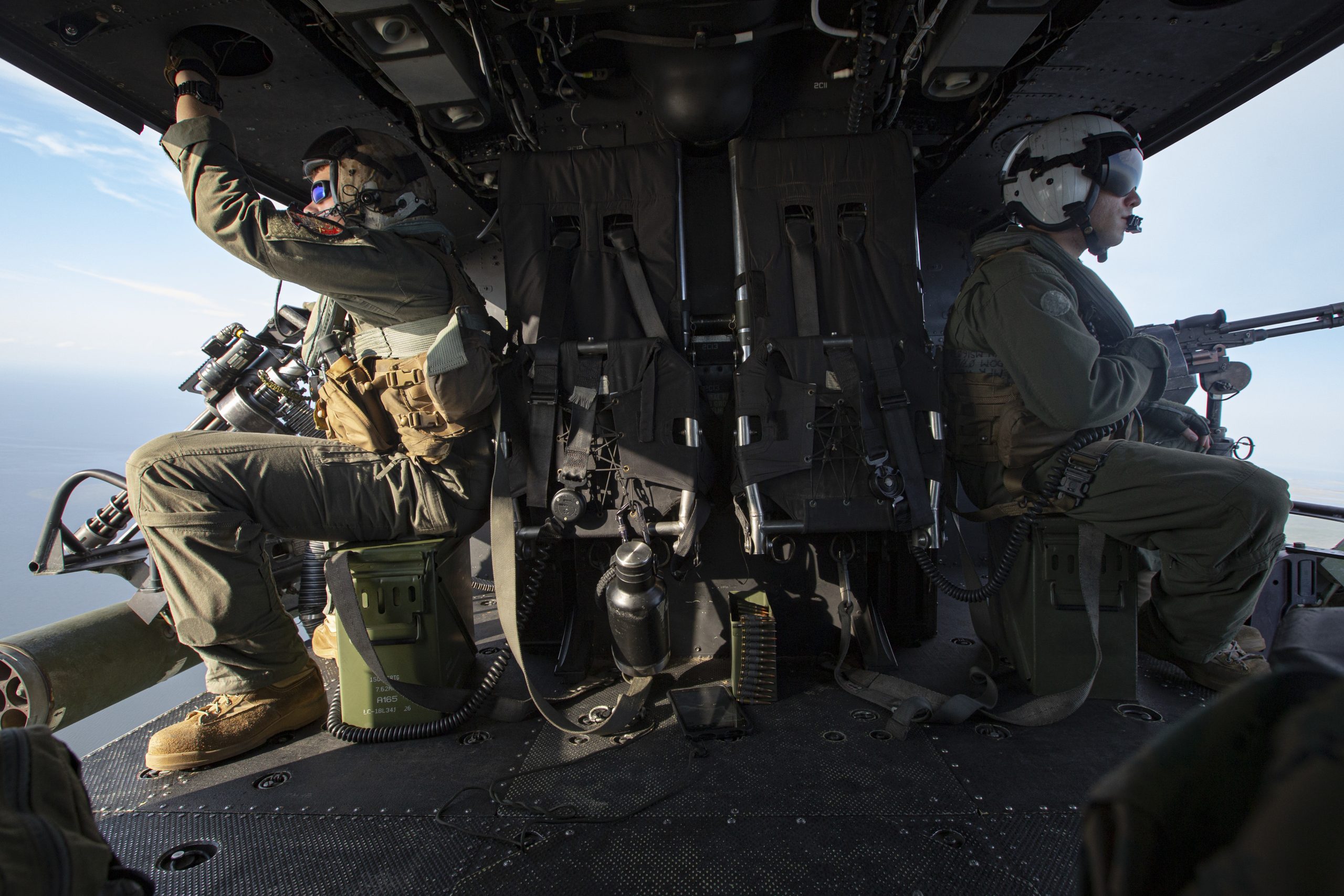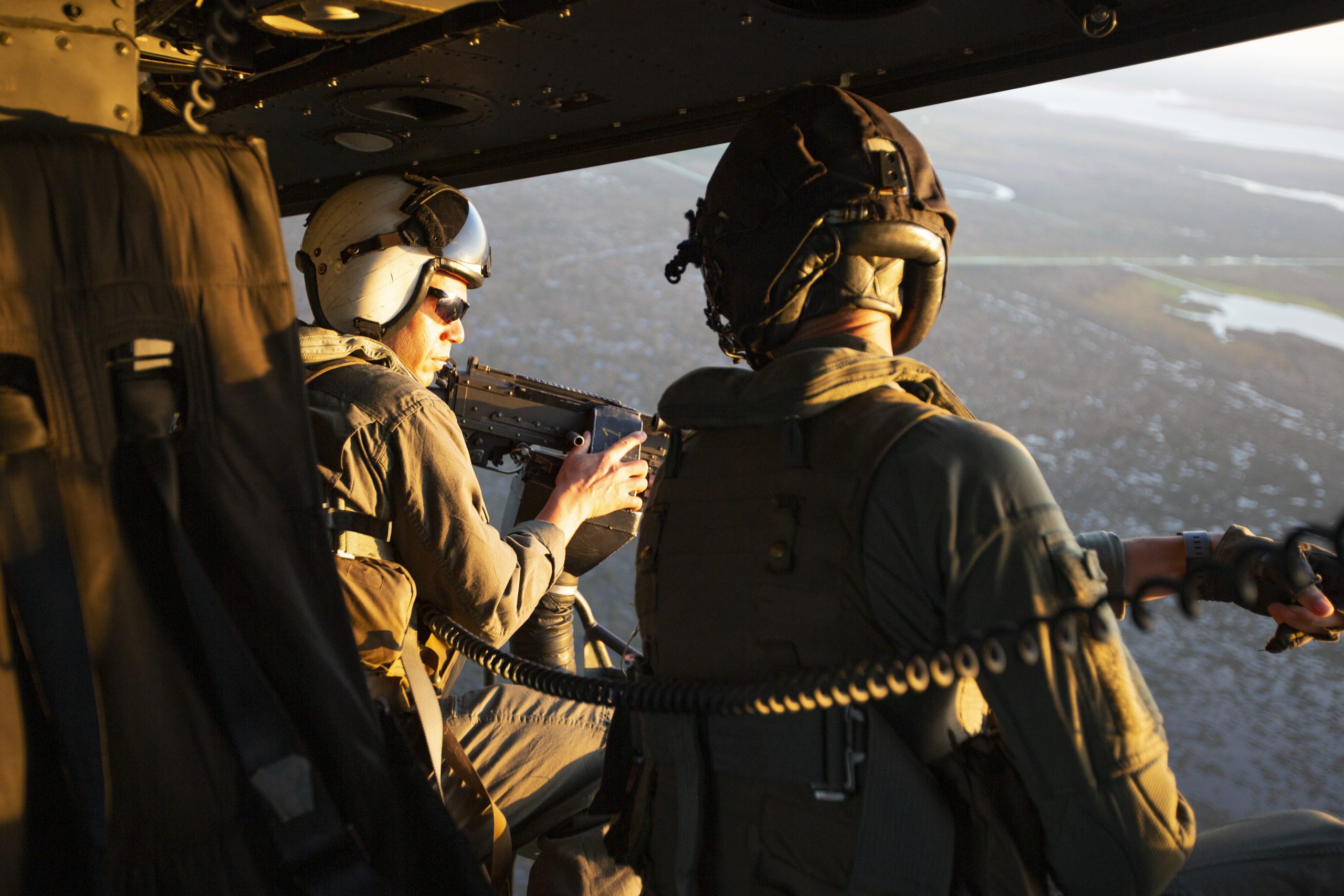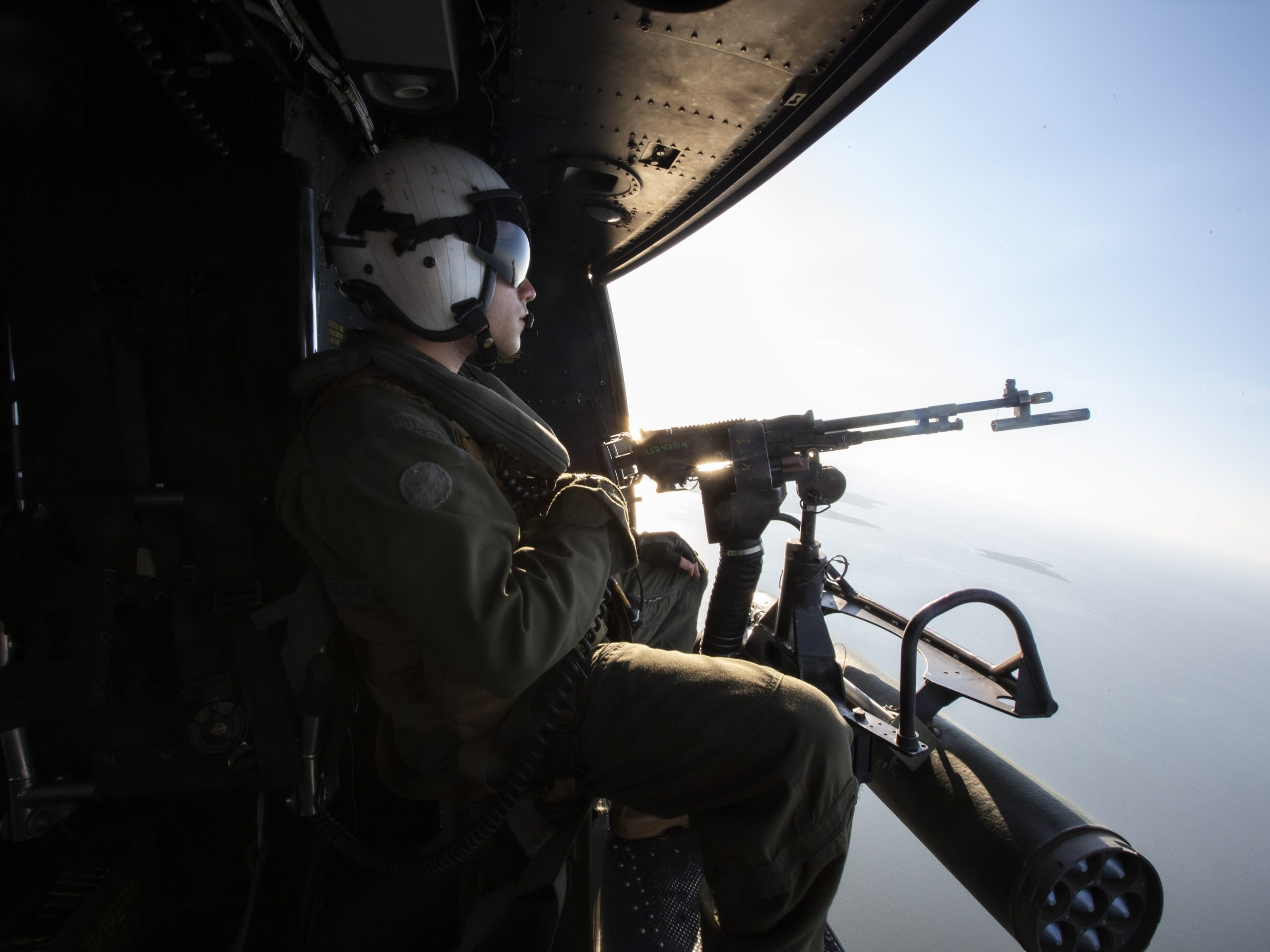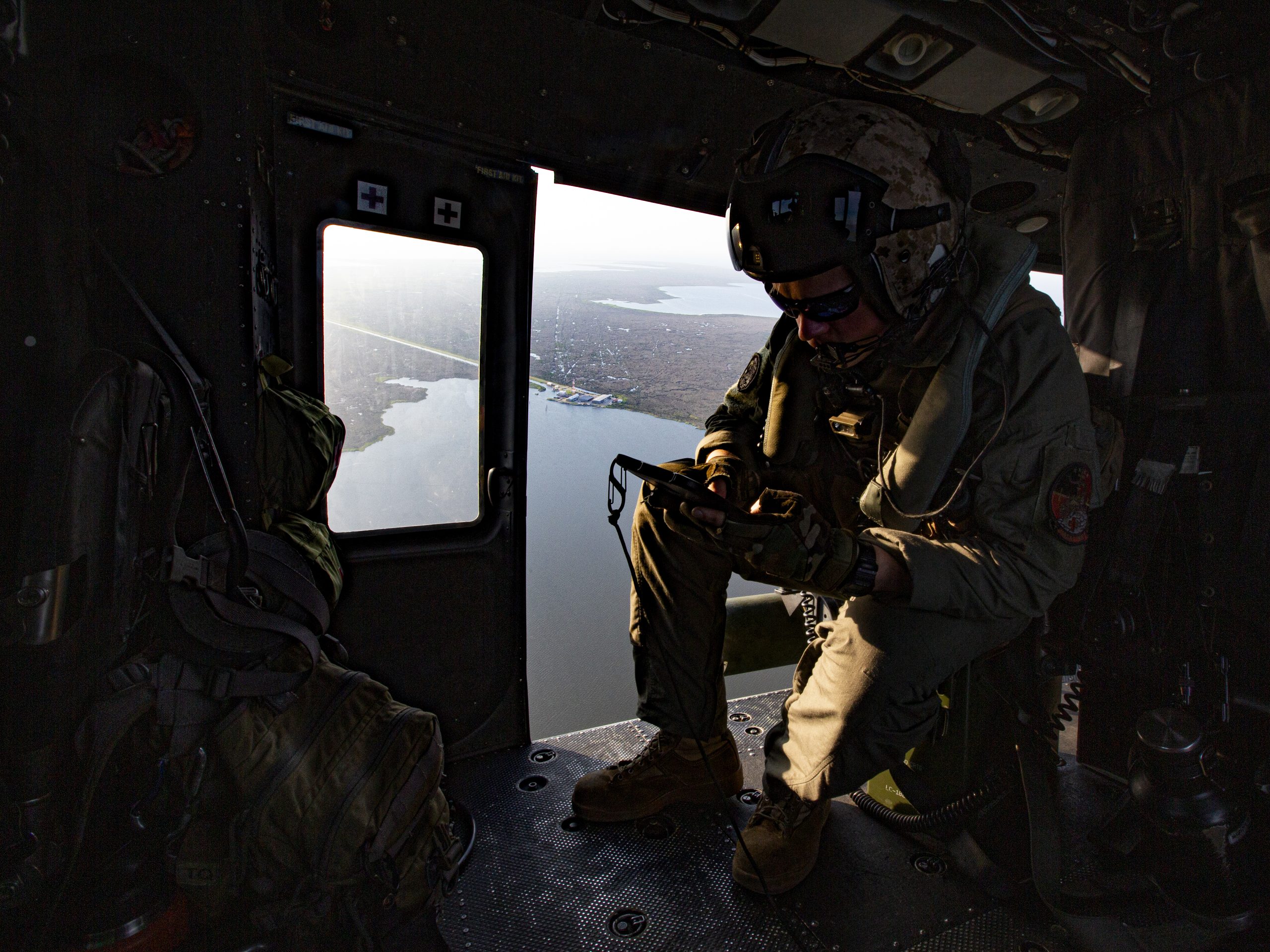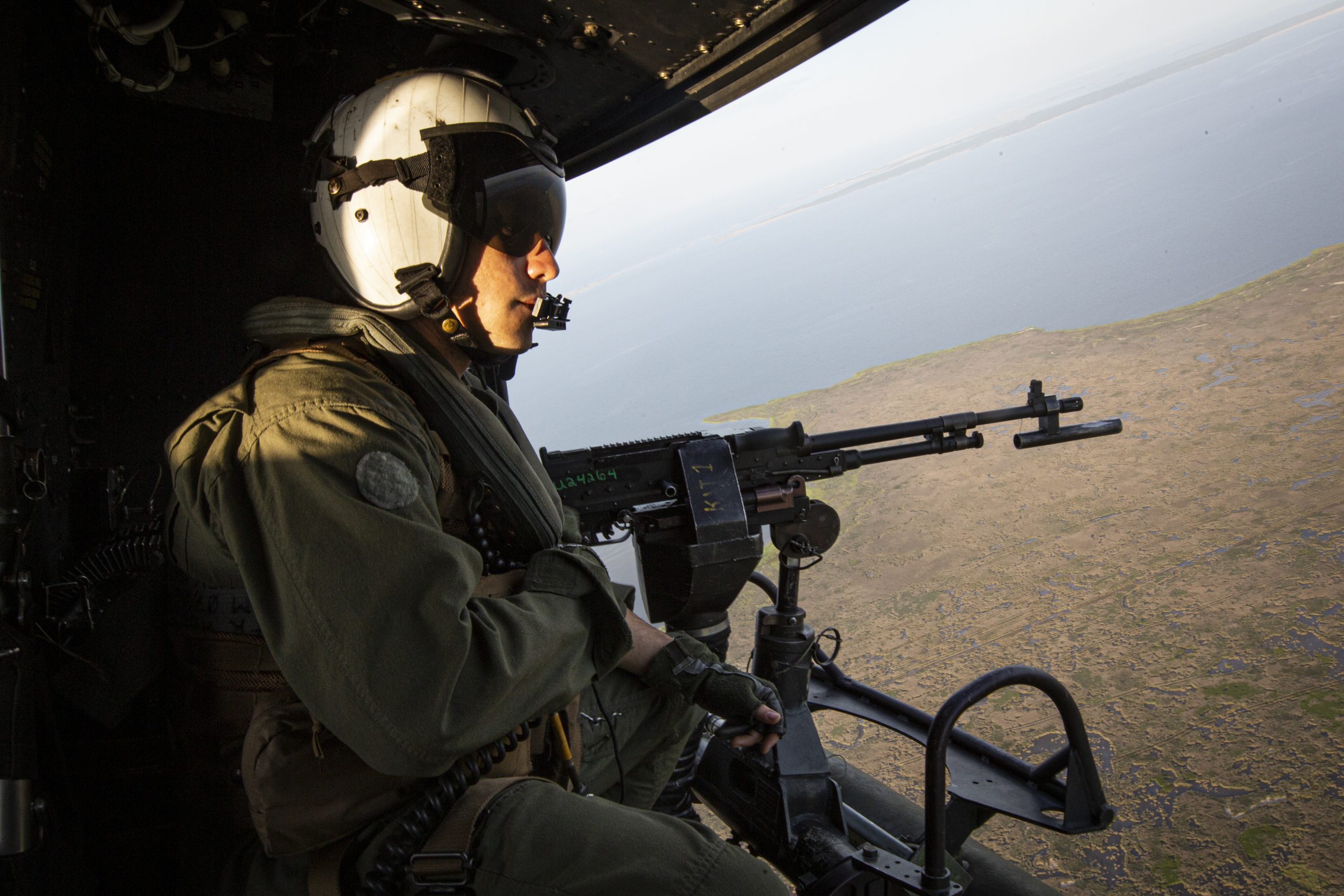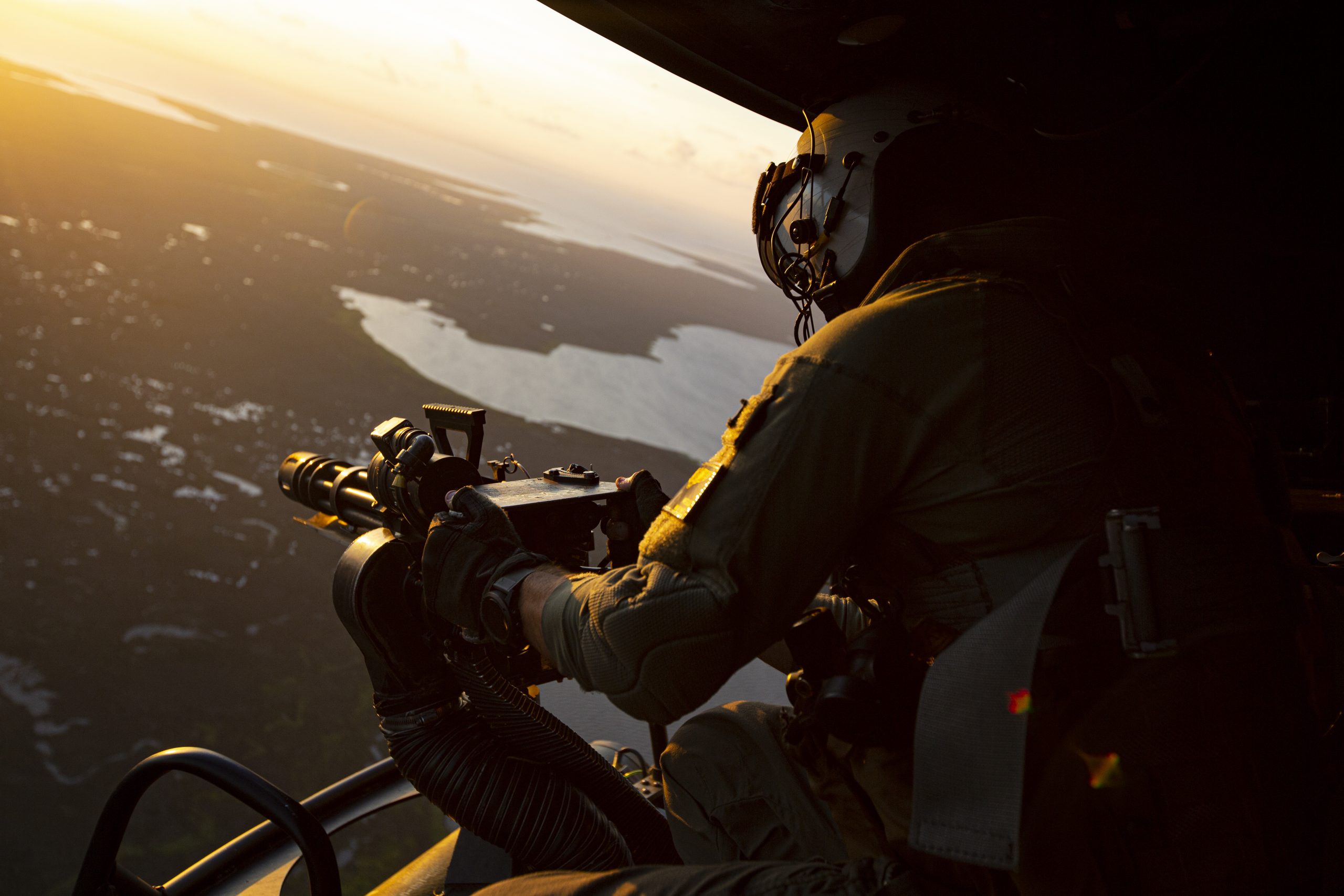Marine Light Attack Helicopter Squadron 269 (HMLA-269) is currently commanded by Lt. Col. Short and is a squadron consisting of the AH-1Z Viper attack helicopter and the UH-1Y Venom utility helicopter. They are known as the Gunrunners, and next door within the same hangar are the Warriors of Marine Light Attack Helicopter Squadron 167 (HMLA-167), commanded by Lt. Col. Hemming.
They are part of Marine Aircraft Group 29 within the 2nd Marine Aircraft Wing.
The “Gunrunners” operate what they refer to as “attack utility teams.”
What that means is that they operate the Viper (AH-1Z) and the Venom (UH-1Y) as an insertion and support package. They share 80% commonality of parts, operate from a small logistical footprint and are extremely maintainable in the field which make them a significant expeditionary warfare asset.
Recently, both squadrons retired their last AH-1W Super Cobra attack helicopter in favor of the AH-1Z Viper.
Lt. Col. Hemming noted in the interview, “The hydraulics, the engines, and some of the systems on the aircraft and the air frame, are significantly more durable and reliable than the old AH-1 Whiskey in terms of the amount of hours you can put on before you have to conduct maintenance on it. These significant upgrades result in your ability to operate the aircraft for an extended periods of time compared to the legacy Cobra and Huey.”
The Viper brings significant firepower to an expeditionary unit with the Venom providing lift and support to that unit as well.
The helicopters have evolved from their legacy ancestors to be more capable as well.
As Lt. Col. Short put it, “We are the most expeditionary and resilient attack helicopter platform there is in terms of the scale and the ability to survive in the field or operate forward.
“Our hydraulics, our control systems, our powertrain systems are the most expeditionary maintainable as an attack utility team in operation today.”
Lt. Col. Short added, “we are the, as somebody described it, ‘The punchy little friend in the overhead that’s there when no one else is.’”
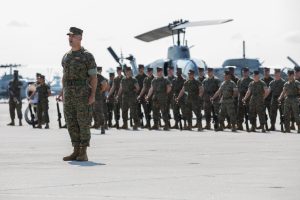
In the counter-insurgency environment, the attack utility team could operate in a distributed environment to support Marines fighting toe-to-toe against insurgents.
Lt. Col. Short argued that their attack utility team was very “risk worthy” in terms of the “logistical, the manpower, the cost investment for the capability gain, you would give a ground force, or you would give a supported force by putting them forward, putting them into a position to offer support.”
The Viper is adding Link-16 and full motion video so that it can be even more supportable for or supported by an integratable insertion force.
It is also very capable because of its relatively small footprint able to land in a variety of ground or ship settings and get refueled. If one focuses on the ability to operate virtually in any expeditionary setting, at sea or on land, the Viper is extremely capable of refuelability for an insertion force. They can do this onboard virtually any fleet asset at sea or at a Forward Air Refueling Point or FARP.
From a concept of operations perspective, notably with regard to an ability to operate from multiple bases, the attack utility package certainly can keep pace with the “pacing threats” facing the Marines.
The Commandant has asked the Marines to rethink how to do expeditionary operations, and to promote tactical innovations to do so.
HMLA-269 has been focused on this effort.
Notably, they have been exercising with the Ground Combat Element (GCE) at Camp Lejeune to work small packages of force able to be inserted into the combat space and able to operate in austere locations for a few days to get the desired combat effect and then move with the GCE to new locations rapidly.
HMLA-269 has been working closely with 3rd Battalion, 6th Marines to shape innovative ways to deploy expeditionary force packages.
“We are working ways to work distributed force operations with the battalion.” They have a security mission currently with regard to II MEF in reinforcing Norway. The question being worked is: how, in a multi-basing environment, can one provide the kind of firepower that the maneuver force would need?
The Gunrunners took a section of aircraft to work with a ground combat unit and to live together in the field for a period of time and sort out how best to operate as an integrated force package. They operated in the field without a prepared operating base and worked through the challenges of doing so. They worked with an unmanned aircraft ISR feed as part of the approach.
Obviously, this is a work in progress, but the strategic direction is clear.
And there are various ways to enhance the capability of the force to be masked as well. Movement of small force packages, operating for a limited period of time, moving and using various masking technologies can allow the attack utility team which is operational now to be a key player in shaping a way ahead for Marine Corps expeditionary operations.
In short, the attack/utility team of 2nd MAW are taking the force they have, and their significant operational experience and adapting to the new way ahead with the next phase of change for expeditionary warfare.


